- Liliaceae
- Lamiaceae
- Euphorbiaceae
- Leguminosae
- Zingiberaceae
- Chloranthaceae
- Campanulaceae
- Asteraceae
- Acanthaceae
- Orchidaceae
- Polygonaceae
- Ranunculaceae
- Vitaceae
- Rubiaceae
- Solanaceae
- Thymelaeaceae
- Saururaceae
- Moraceae
- Polypodiaceae
- Myrtaceae
- Araceae
- Adiantaceae
- Schisandraceae
- Amaranthaceae
- Berberidaceae
- Araliaceae
- Taxaceae
- Cucurbitaceae
- Apiaceae
- Guttiferae
- Scrophulariaceae
- Papilionaceae
- Caprifoliaceae
- Elaeagnaceae
- Apocynaceae
- Brassicaceae
- Papaveraceae
- Gentianaceae
- Paeoniaceae
- Lauraceae
- Punicaceae
- Nyssaceae
- Ephedraceae
- Gnetaceae
- Polygalaceae
- Violaceae
- Ginkgoaceae
- Cupressaceae
- Dipsacaceae
- Eucommiaceae
- Juglandaceae
- Dryopteridaceae
- Rosaceae
- Huperziaceae
- Caryophyllaceae
- Rhamnaceae
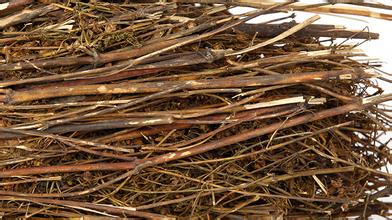
Tibetan medicinal plant Zangyinchen Swertia mussotii
- Introduction
- Download
Blast
Tibetan medicinal plant Zangyinchen Swertia mussotii is one of the eight Jane medicin in qinghai-tibet plateau.Zangyinchen is widly used in cilincal treatment of hepatitis and holecystitis, etc., is the most popular Tibetan medicin in the treatment of fever, liver disease and the blood disease.
Year:2015
Institution:College of Life and Environmental Sciences, Minzu University of China
Material: Qinghai, China
Data link: http://www.herbal-genome.cn/index.php?m=content&c=index&a=show&catid=100&id=109
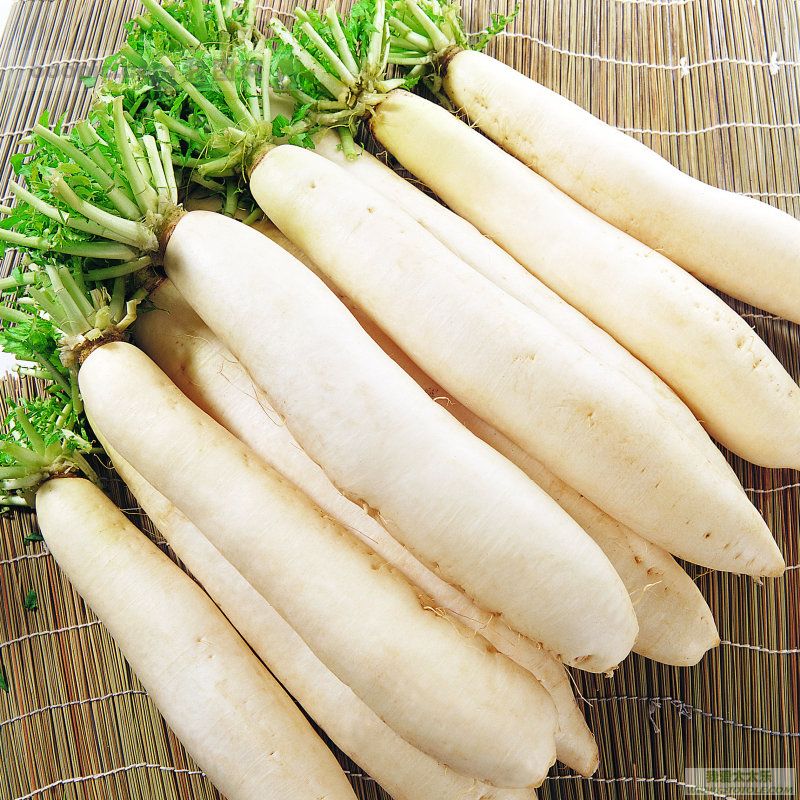
Raphanus sativus
- Introduction
- Download
Blast
The radish (Raphanus sativus) is an edible root vegetable of the Brassicaceae family that was domesticated in Europe in pre-Roman times. Radishes of spicy varieties owe their sharp flavor to the various chemical compounds produced by the plants, including glucosinolate, myrosinase, and isothiocyanate.
Year:2013
Institution:Institute of Biology and Medicine, Wuhan University of Science and Technology, Wuhan, Hubei, China
Material: Hubei, China
Data link: http://www.herbal-genome.cn/index.php?m=content&c=index&a=show&catid=100&id=108
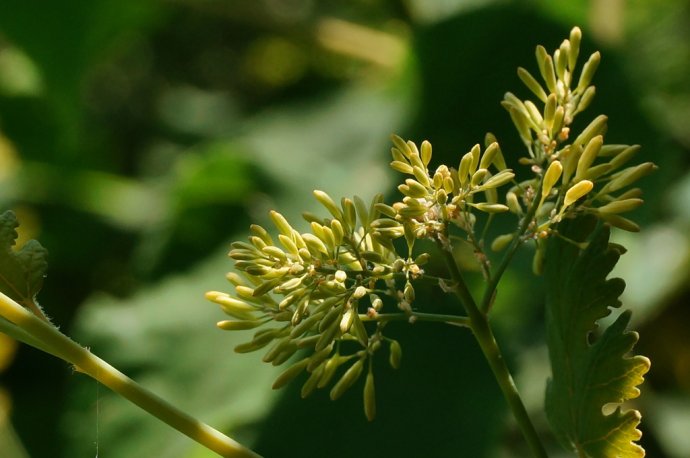
Macleaya cordata
- Introduction
- Download
Blast
Macleaya cordata has been used for the treatment of cancer, insect bites, and ringworm infection in Mainland China, North America, and Europe. Phytochemical and pharmacological studies demonstrated that the isoquinoline alkaloids derived from M. cordata are its major active components.
Year:2013
Institution:Hunan Provincial Key Laboratory of Crop Germplasm Innovation and Utilization and National Chinese Medicinal Herbs (Hunan) Technology Center, Hunan Agricultural University, Changsha, China
Material:, China
Data link: http://www.herbal-genome.cn/index.php?m=content&c=index&a=show&catid=100&id=107

Paeonia lactiflora Pall.
- Introduction
- Download
Blast
Paeonia lactiflora Pall. is an important ornamental plant famous for its large, multicolored and beautiful flowers. It could be used as potted flowers, cutting flowers and materials for gardening to make unique seasonal landscape, The root of herbaceous peony is crisp and juicy, which is available for medicinal. According to the analysis of the root, the extract contains paeoniflorin and benzoic acid. Traditional Chinese medicine hold the opion that root of herbaceous peony, it has tanalgesic effective, also be useful for women's abdominal pain, gastro spasm, dizziness and gout.
Year:2014
Institution:College of Life and Environmental Sciences, Minzu University of China
Biotechnology Research Institute, Chinese Academy of Agricultural Sciences
Material: Henan, China
Data link: http://www.herbal-genome.cn/index.php?m=content&c=index&a=show&catid=100&id=106
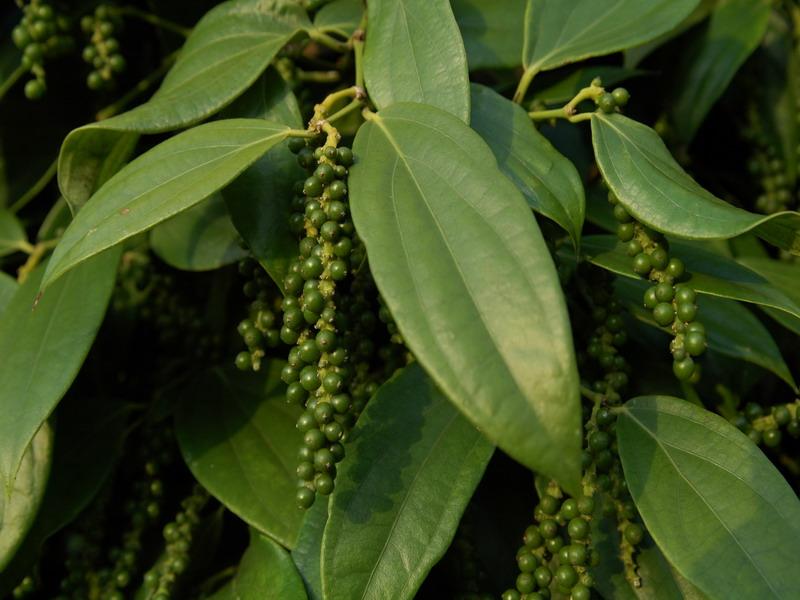
Lindera glauca (Sieb. et Zucc.) Bl
- Introduction
- Download
Blast
Lindera glauca (Sieb. et Zucc.) Bl, a member of the family Lauraceae and the genus Lindera Thunb, is widely distributed in the forests at low altitudes only in China, Japan and Korea. In China, this plant is one of the most economically and ecologically important and intensively studied tree species owing to its very plentiful resource, superior adaptability, ecological benefits and especially abundant terpenoid contents.Generally, the fruits, roots and leaves of L. glauca have been traditionally used as a type folk medicine for the extensive treatment of several symptoms of disease in Asia.
Year:2015
Institution:College of Biological Sciences and Biotechnology, College of Nature Conservation, National Engineering Laboratory for Tree Breeding, Key Laboratory of Genetics and Breeding in Forest Trees and Ornamental Plants, Ministry of Education, Beijing
Material: Henan, China
Data link: http://www.herbal-genome.cn/index.php?m=content&c=index&a=show&catid=100&id=105

Punicai granatum L.
- Introduction
- Download
Blast
Punicai granatum L.is widely cultivated in Iran and has an extensive geographical distribution from Iran to Himalayas in northern India. As the traditional medicine, the pomegranate is frequently described as an ingredient in remedies.In folk medicine pomegranate has been thought a contraceptive and abortifacient when the seeds or rind are eaten, or when as a vaginal suppository.
Year:2011
Institution:Department of Plant Sciences, University of California, Davis, CA 95616, USA
Material: CA, USA
Data link: http://www.herbal-genome.cn/index.php?m=content&c=index&a=show&catid=100&id=104
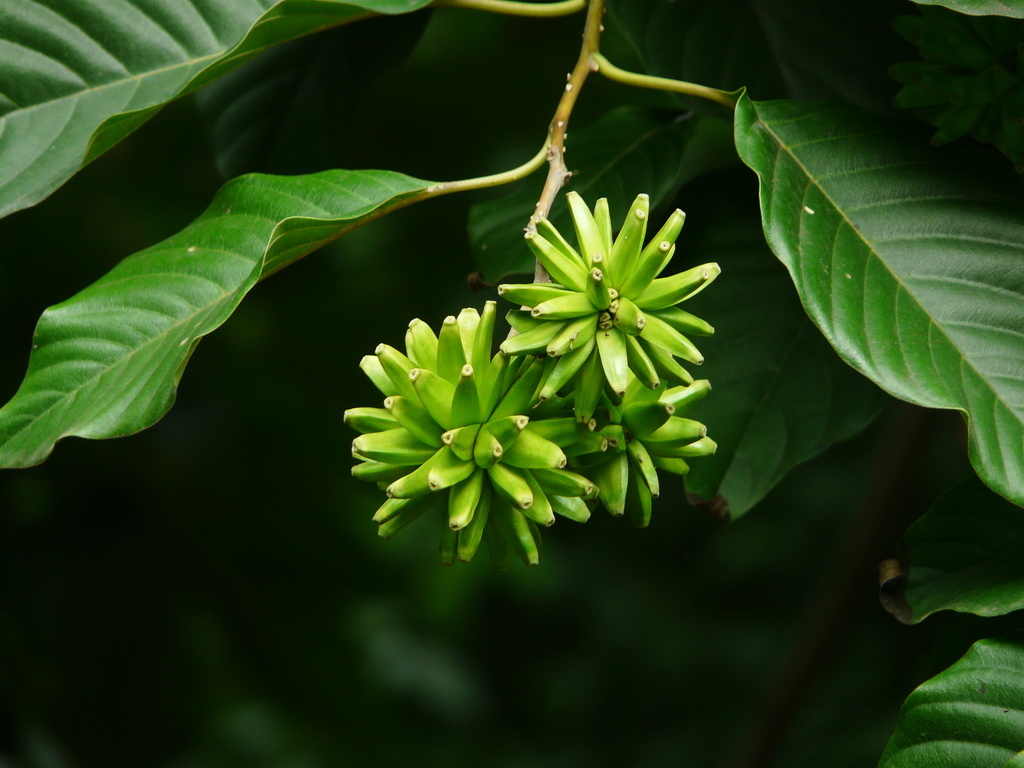
Camptotheca Acuminata
- Introduction
- Download
Blast
Camptotheca acuminata (C. acuminata) Decne., belonging to the family of Nyssaceae, is a deciduous hardwood forest tree species that is native to China. This light-demanding species is distributed in the Yangtze River basin and southern China and usually grows in warm and humid valleys at the foot of mountain slopes. Camptothecin (CPT), which comprises natural secondary metabolites, is commonly extracted from C. acuminata. Due to the inhibition of topoisomerase and the antiretroviral activity, CPT showed prominent effects in anti-tumor and immune deficiency disease resistance, which is widely used in the treatment of gastric cancer, colorectal cancer, bladder cancer, and so on.
Year:2011
Institution:The Key Laboratory of Bioactive Substances and Resources Utilization of Chinese Herbal Medicine, Ministry of Education, Institute of Medicinal Plant Development, Chinese Academy of Medical Sciences & Peking Union Medical College
Material: Beijing, China
Data link: http://www.herbal-genome.cn/index.php?m=content&c=index&a=show&catid=100&id=103
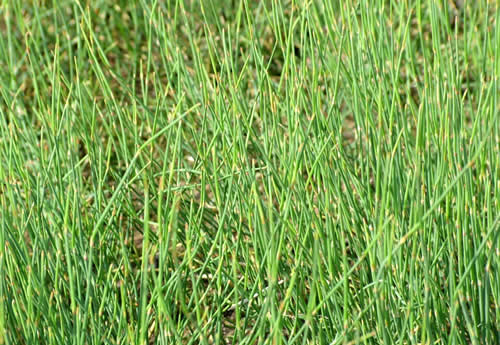
Ephedra sinica
- Introduction
- Download
Blast
Ephedra is one of the oldest medicinal plant genera known to mankind. This genus belongs to the Ephedraceae family of gymnosperms, and about 50 Ephedra species are indigenous to areas in Asia, Europe, North Africa, and the Americas. The aerial stems ofEphedra plants have been utilized as a crude drug preparation known as ephedra herb (Ephedrae Herba), used mainly for treatment of bronchitis and bronchial asthma, or to induce perspiration and blood pressure elevation. Ephedra herb is particularly used in traditional Oriental medicines; it is well known as má huáng in traditional Chinese medicine (often abbreviated to TCM), and is frequently used in Japanese Kampo medicine, often as one component of a combined drug formulation.
Year:2015
Institution:Department of Biological Sciences, University of Calgary, Calgary, Alberta, Canada
Material: Canada
Data link: http://www.herbal-genome.cn/index.php?m=content&c=index&a=show&catid=100&id=102
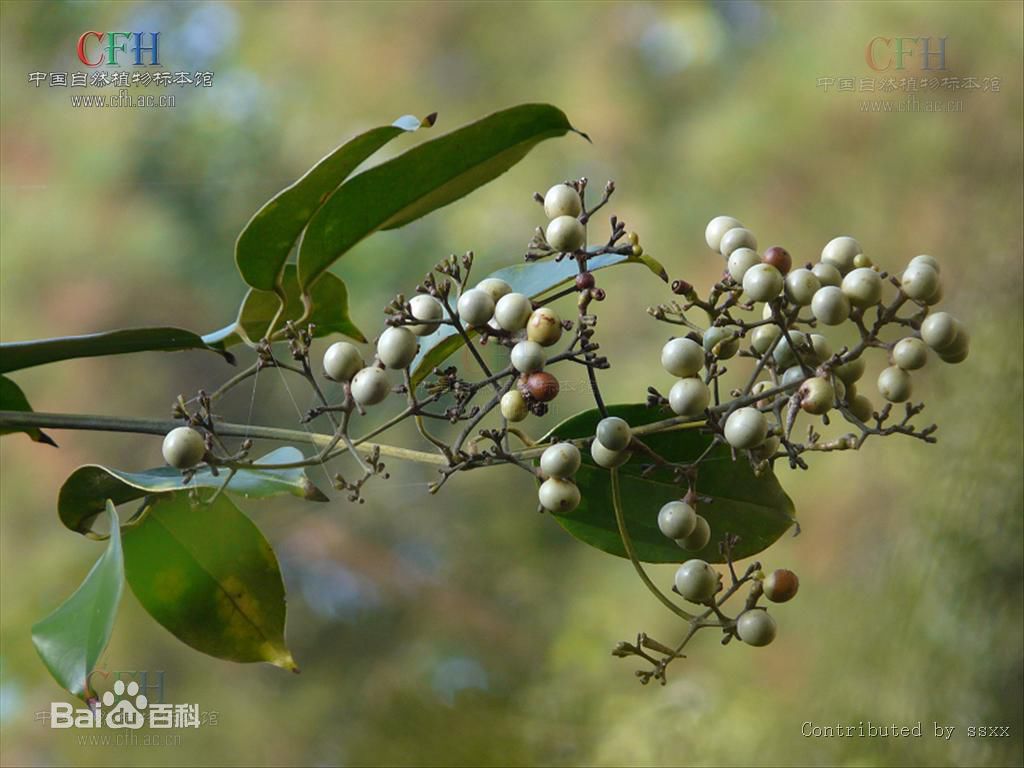
Gnetum parvifolium
- Introduction
- Download
Blast
Gnetum parvifolium, the vine, root and leaves can be used as medicine. Mainly used to treat edema, rheumatoid arthritis, strain of lumbar muscles etc,.
Year:2012
Institution:State Key Laboratory of Tree Genetics and Breeding, Research Institution of Forestry, the Chinese Academy of Forestry, China
Material: -
Data link: http://www.herbal-genome.cn/index.php?m=content&c=index&a=show&catid=100&id=101
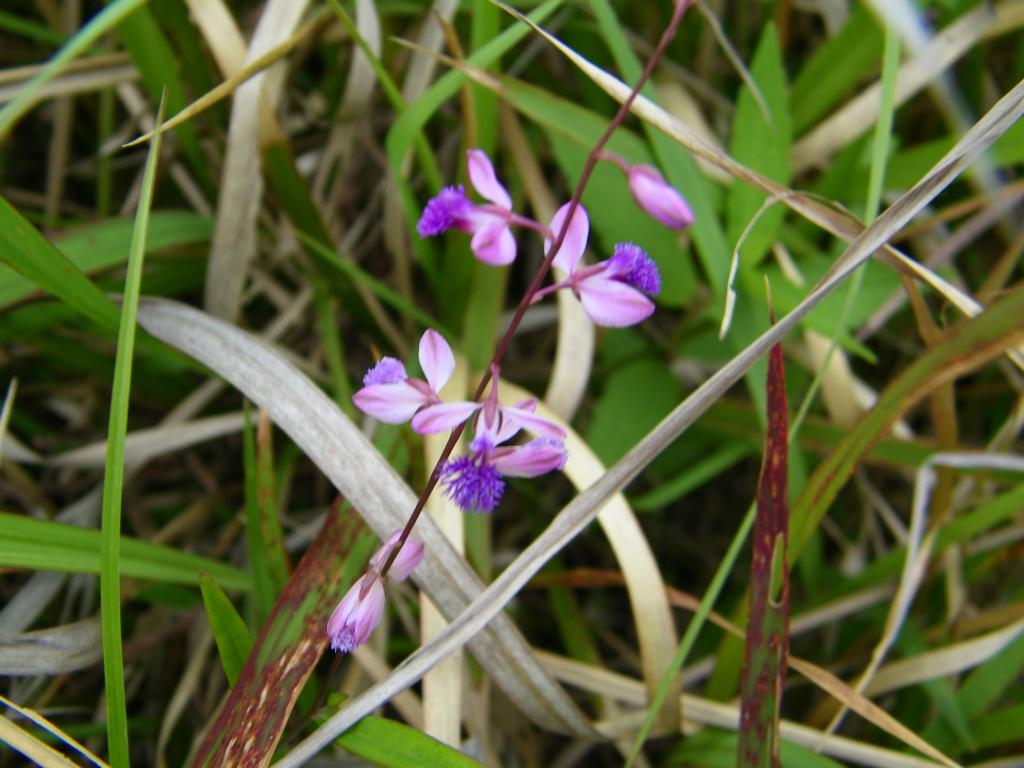
Polygala tenuifolia
- Introduction
- Download
Blast
Polygala tenuifolia (Yuan Zhi) is an herb in the family Polygalaceae. The root is used in Chinese medicine used for its sedative, antipsychotic, cognition improving, neuroprotective and antidepressant effect. Preclinically, Radix Polygalae extract has been shown to demonstrate a rapid-onset antidepressant-like effect.
Year:2015
Institution:Research Institute of Economics Crop, Shanxi Academy of Agriculture Science, Fenyang, Shanxi
Material: Shanxi, China
Data link: http://www.herbal-genome.cn/index.php?m=content&c=index&a=show&catid=100&id=100